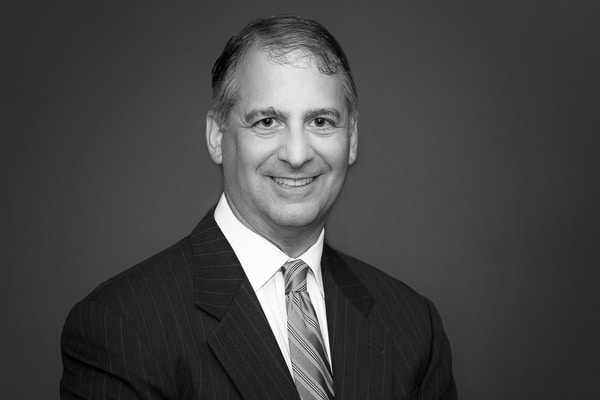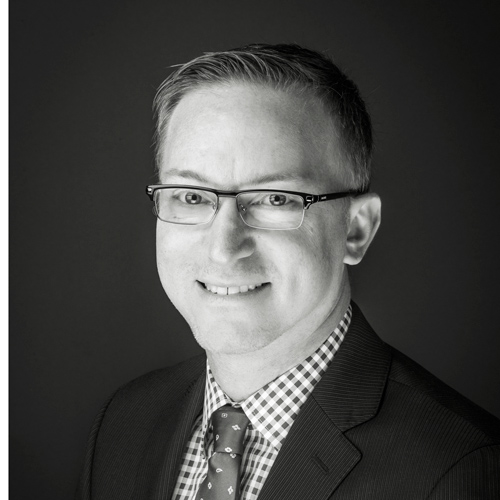
From an outsider’s perspective, the numbers were staggering. It was December 2015, and chief trademark counsel Larry Rickles had just joined Teva Pharmaceuticals. A few months earlier, Teva had agreed to acquire roughly ten thousand trademarks from Allergan, which would be added to Teva’s thirty thousand existing trademarks. Between the signing of the deal in 2015 and the closing of it in 2016, Rickles and his team prepared to hit the ground running before the deal was finalized, determining which trademarks they would receive and how to integrate those trademarks into their database and workflow. Of course, with such a massive influx of trademarks, this was not an easy process.
Because trademarks have deadlines for filing, registering, and renewing, and because each jurisdiction is different, moving accurate information into Teva’s database quickly was crucial. Fortunately, Teva and Allergan used the same trademarks system, so they completed the transfer with relative ease. Ensuring that the information was correct, however, was a challenge. Allergan had acquired many of the trademarks during earlier acquisitions, so the information had already been passed down from several companies. “It’s almost like a game of telephone,” Rickles says. “The odds that the data is accurate decreases with each transaction.”
Teva has outside counsel in each of the eighty countries where it operates. Once the company had the information from Allergan in its system, its outside counsel double-checked the data against the records of each local trademark office.
After verifying the information and completing trademark transfers where necessary, Rickles and his team turned their attention to confirming which of the acquired trademarks Teva wanted to maintain. “A lot of these marks may have been transferred around through inertia,” he says, and maintaining trademarks uses resources.
If a company has no plans to sell a product under a certain trademark, it may make more sense to let that trademark go. In other cases, however, a company may decide to expand a trademark into more territories or apply it to new products. “Trademarks are business assets, and in my opinion, there’s usually no sense in having a trademark unless you have a product to go with it,” Rickles says. “The point of having a trademark portfolio, in general, is really to match it up with what the business wants to do.”
This is just one aspect of the strenuous process that Rickles and Teva complete when getting trademarks for innovative drugs it develops in-house or branded generic drugs it acquires. In the US, generic pharmaceuticals are typically not trademarked, but outside the country, off-patent drugs are often sold as branded products. Along with completing legal trademark clearance searches, pharmaceutical manufacturers must have their brand names approved by health authorities in many major markets.
In order to gain approval, a name must pass a series of rigorous tests. It must be pronounceable in the countries where it will be sold and must not have a derogatory or slanderous meaning. It can’t make a health claim—such as “cures all”—or reference the chemical name of the product, known as the international nonproprietary name (INN). “Bendamustine HCl is the INN for TREANDA, a chemotherapy drug we sell,” Rickles says. “So, for instance, we would not have been able to register Tremustine as a brand name for that product.”
Major pharmaceutical companies such as Teva often work with third-party vendors to conceptualize product names. The vendor provides hundreds of options and narrows them down through language testing, legal testing, and name-safety testing, the latter of which is a process that approximates the health authority’s system. “You winnow all these names down from two or three hundred, and you try to find maybe four or five that can work for this particular product,” Rickles says. “At that point, the business can start to select its preferred mark—and maybe a couple of backups in case that mark doesn’t work in a particular country.”
The process for approval is similar in most countries, but the data sets can be different. For example, the US and Europe have similar legal, health, and language clearance requirements, but different product names are often registered in each jurisdiction. “There are certain products that are sold in the US under certain names that are not sold in Europe under certain names, and vice versa,” Rickles says. “There are also products that are approved in Europe that are not yet approved or on the market in the US, so you can have a mark that blocks you in Europe but not in the US.”
Countries whose languages use non-Roman characters—including Israel, where Teva is headquartered—have an added hurdle. “In Russia, you have to clear a mark in Cyrillic,” Rickles says. “Most of the time, the data matches up, but not 100 percent of the time.” The more countries a product is released in, the harder it is to find a name that works in all of them. “Every time you look at more data, the universe of potential names gets smaller,” Rickles adds.
If no single name works in all markets, a company may sell the product under a different name in different jurisdictions. This solution poses its own problems for marketing. Each name requires a new design and website, and disparities might confuse patients traveling in different countries. “It’s easier to build one brand versus two or three,” Rickles says. “The goal is a global brand.”
It goes without saying that the naming process can take years, so it’s an exciting moment when a product finally hits the shelves. “It’s cool to see a mark that started as one on a list of two hundred, two years ago, on a product that is out in the marketplace,” Rickles says. “In the pharmaceutical business, it’s nice to see it’s on a product that helps people.”
The Need to Centralize
For a multinational company, centralizing the trademark function can be the key to successfully managing trademark assets. With centralized oversight, a single group can provide quick and accurate information about a company’s trademark assets and ensure that the company complies with agreements and takes consistent positions worldwide.
Perhaps most importantly, a centralized function can ensure that the proper documents are filed to maintain a company’s trademarks. “A centralized trademark function will focus on these issues,” says Rickles. “Local businesses or commercial attorneys have other issues to deal with and can miss reminders—and hence forfeit trademark rights.”
And, in many jurisdictions, the absence of a trademark registration can affect the ability of a business to sell that branded product.
***
Fross Zelnick Lehrman & Zissu, PC:
“Larry is a very smart, creative, personable, and deeply knowledgeable lawyer who consistently provides practical and insightful legal advice to his clients and really understands their business needs.”
—Peter Silverman, Partner

